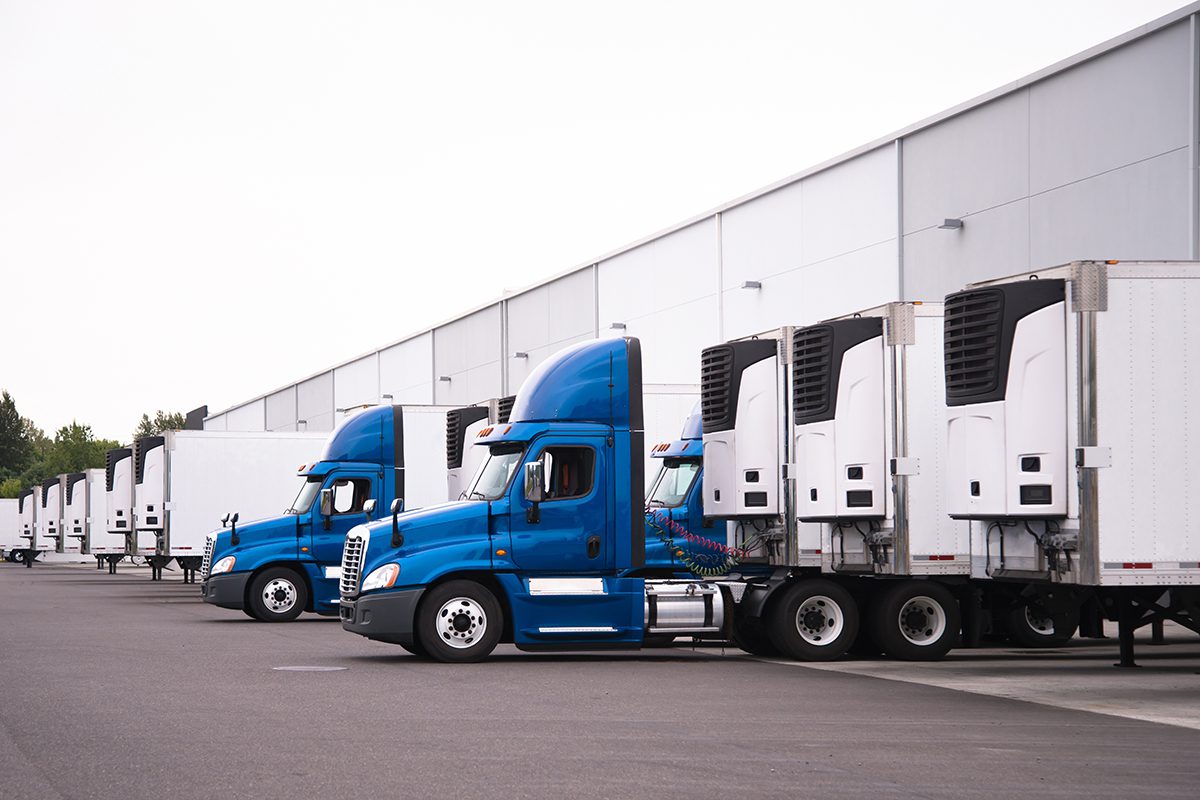More than a year has passed since the South Coast Air Quality Management District (South Coast AQMD) approved and implemented the Warehouse Actions and Investments to Reduce Emissions (WAIRE) Program with the purpose to reduce the impact of emissions created by diesel truck traffic near and around warehouse locations.
In that time, warehouse owners have had to reexamine their approach to operations management to effectively comply with the rule and mitigate the risk of costly fees for inaction. This has led several to the realization that compliance, in many ways, is more challenging than they initially believed. The rule requires them to plan for the future and make investments in personnel, vehicles, and infrastructure.
The Next Steps
One of the areas where warehouse operators have learned they need to take a new approach is when it comes to logging vehicle traffic at their location. Depending on their individual mitigation plan for WAIRE, specific data must be tracked and recorded to take advantage of the credits earned for zero-emission and near-zero emission commercial vehicle visits. Typically, this is done through a guard gate or loading dock check-in process. However, these interactions do not often capture the vehicle information required to benefit from these credits — VINs, fuel types, and vehicle weight classes.
Another area where warehouse operators have been finding frustration is with vehicle acquisition. Anyone who has tried to order a vehicle in the past year, whether it was diesel or zero emission, knows that the time between purchase and ultimate delivery of the vehicle has been steadily growing. Some acquisitions have amassed more than a year of lead time. This can complicate planned mitigation actions for early compliance years.
Infrastructure construction and installation has also been a thorn in the side of many warehouse operators. It can often take anywhere from two to five years to get an infrastructure project from the planning stages to completion. There are several steps along the way that can affect the overall timetable — construction permits, real estate acquisition, and utility upgrades, to name a few. Depending on the size of the planned zero-emission fleet, the infrastructure needed to service these new vehicles could be substantial, both in size and scope.
Central to all these issues is figuring out how to pay for it. Everyone who has been active in the zero-emission world for any amount of time knows this technology can be quite expensive. Public incentive grant funding can, and often does, play a crucial role in both vehicle and infrastructure acquisition. However, except in a few rare circumstances, public funds cannot be used to pay for required compliance actions — if a warehouse operator needs to perform certain actions to bring their location in compliance with the requirements of the WAIRE Rule, they cannot use public funding to take those actions.
But this doesn’t mean public funding is completely off the table. One of the final lessons operators have learned is that planning for and deployment of these zero-emission upgrades should take place during the course of a number of years. This allows for funding to be used for acquisitions before those actions are required. Operators can enjoy the best of both worlds, so long as they have planned their activities out far enough in advance.
GNA specializes in helping its clients understand these regulatory requirements and present them with comprehensive strategies to comply in a way that allows them to utilize every available incentive for which they qualify. Warehouse operators who are struggling to develop a plan to meet their obligations under this rule, or who may want to know how to improve on the actions they have already taken should contact GNA sooner, rather than later. As the rule phases in for both larger and smaller warehouses, the impact will be felt more acutely each year. Planning isn’t just smart, it’s essential to remain operational and profitable.



